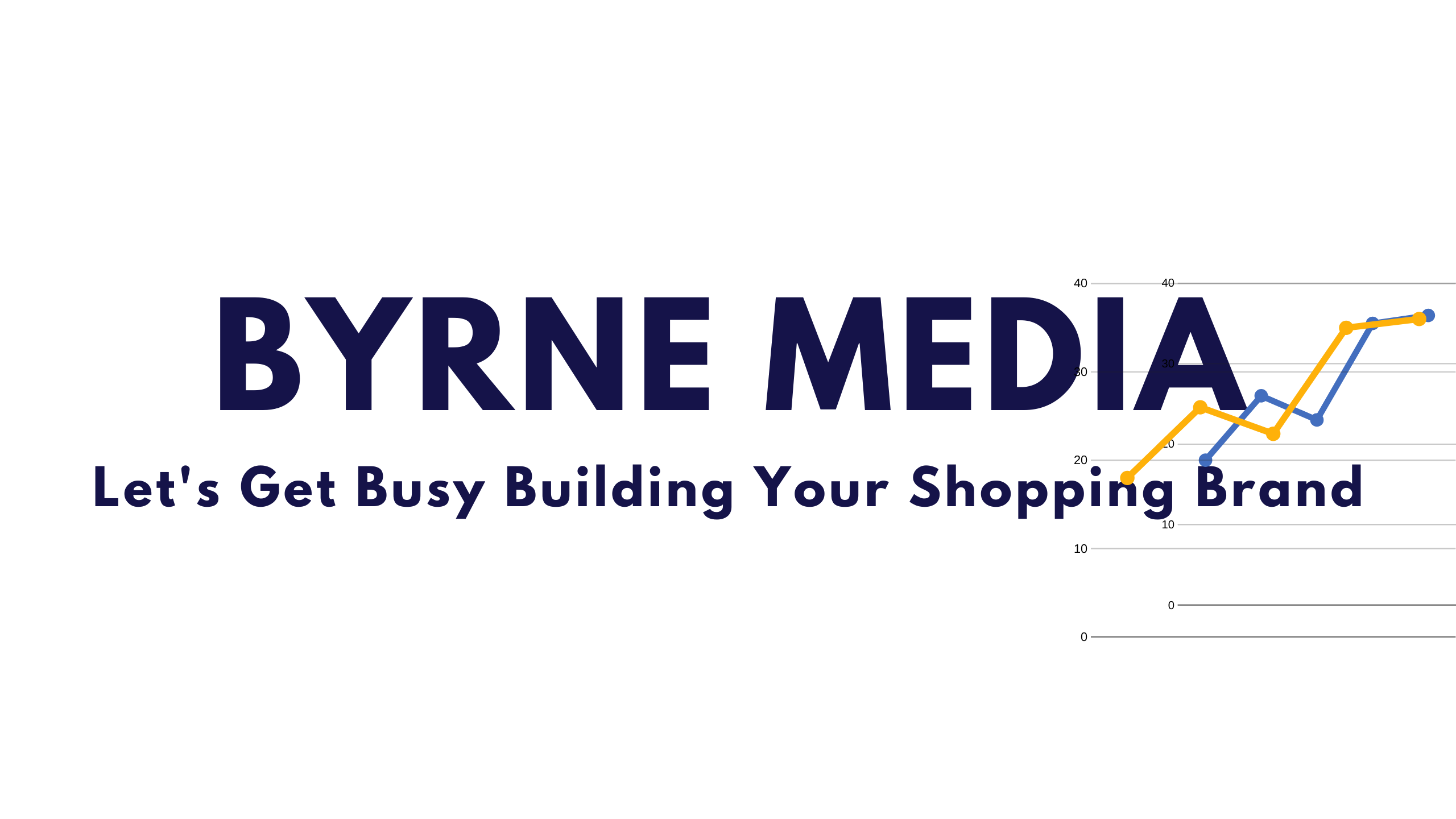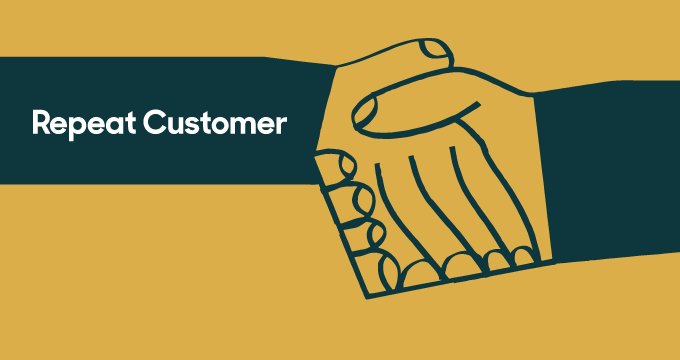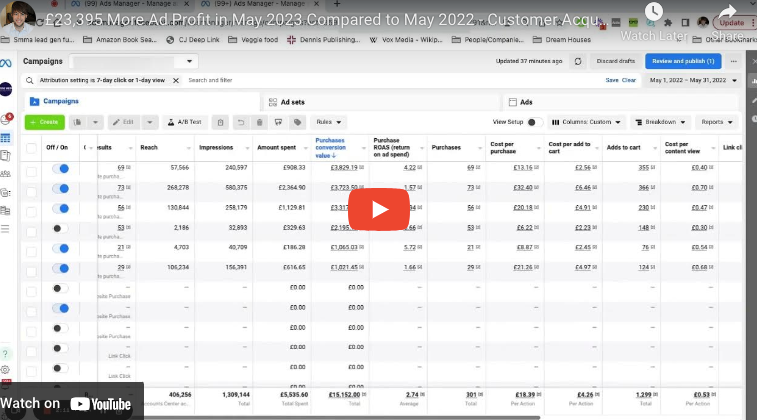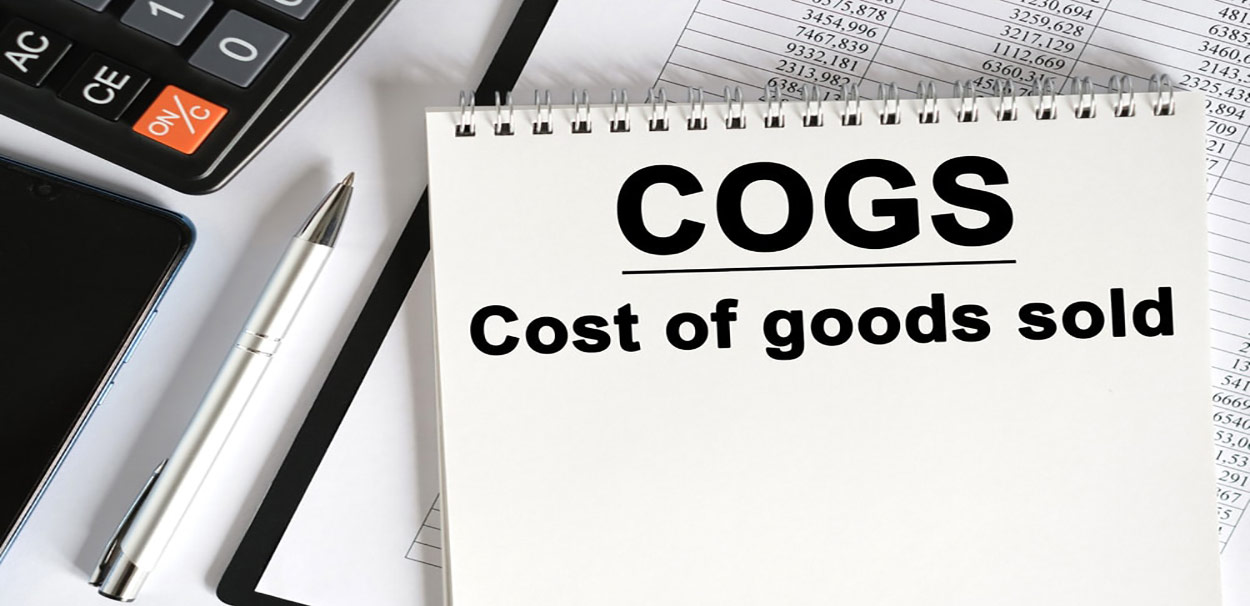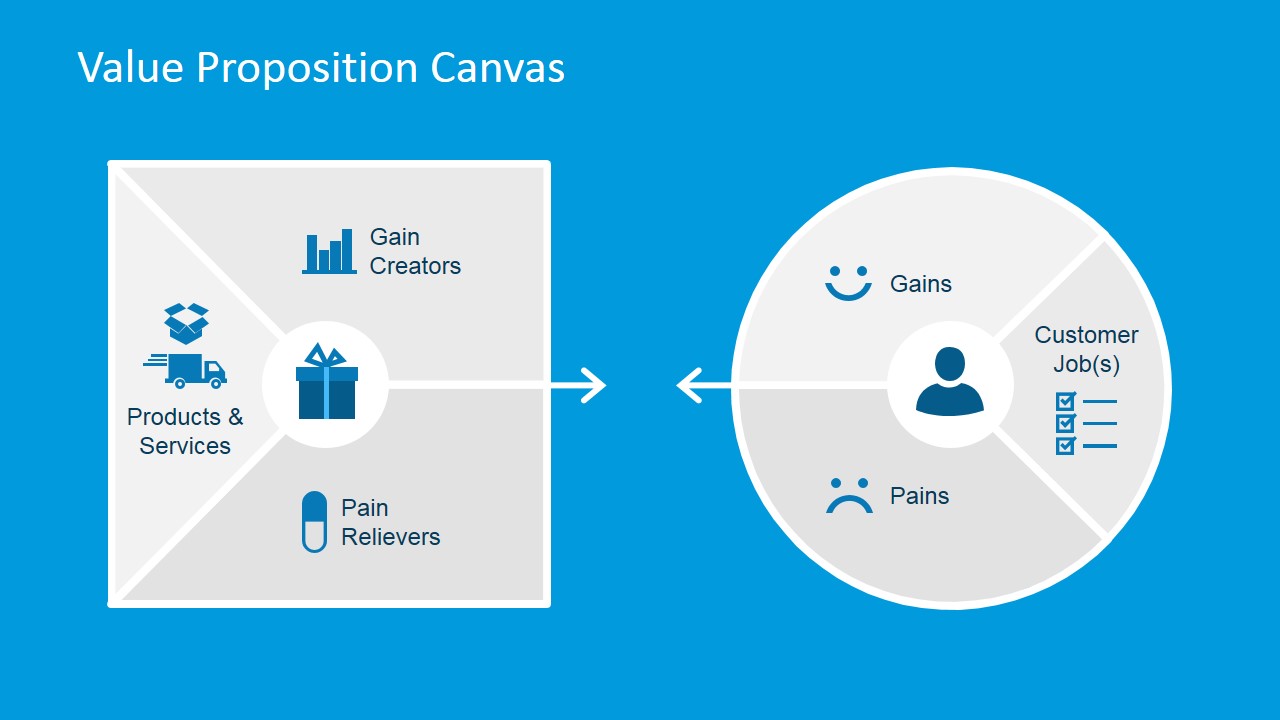
Figuring out a USP (Unique selling proposition) is something that many shopping start up brands strive for when they are first starting out. Rightly so in my opinion. It’s the point of difference that a shopping brand brings to the marketplace. It’s what sets you apart from the competition.
Using a USP is a great marketing ingredient that helps to position and sell your product or service. Unless you can pinpoint what makes your business unique in a world of similar competitors, you can’t target your sales efforts effectively.
If you can’t distinguish yourself from the competition, you’re left to deal with them and you end up competing on price. What’s the end result when competing on price? It’s a lot harder to make a profit, which then prevents you from providing a top quality customer experience and having enough funds to afford good quality employees that operate that quality experience.
Another problem you face when competing on price is the quality of your customers tend to drop. The problem with cheap customers in a business… is that they are hard to please! Complaint rates go up on your product or service, employee’s get it in the neck and you lose respect… all because you are dealing with cheap customers.
What’s the end result of that? You end up hating your business. You become too stressed and the business doesn’t run smoothly. So ultimately your self-worth, and how much you value your company, is reflected in the price you charge. That’s not a road you wanna go down!
“When you race to zero… EVERYBODY suffers! Including your customers!”
Many business owners have this mindset, that “if we charge more for our products & services to our customers, that we are doing a disservice to them.” That it’s unethical when we raise our prices, when the reality is… the VALUE the customer gets out of the experience with our business, far outweighs the cost of doing business with us. What the customer pays, has a lot to do with their experience, not just our experience as a business. When we win, they win.
Let’s talk about some ingredients you can use to create a unique selling proposition for your shopping brand and help you set yourself apart from the competition.
So why do your customers buy your products and services?
The reason why people buy from a business is because they are convinced the chosen business can best solve the problem they are experiencing. If you and the competition offer a great job of solving that problem, then what may separate you from winning that business is the good old sales statement – “people buy from those they know, like and trust!”
We in the ecom world have to steer clear of the concept that all our customers are just interested in price. Thinking this way only attracts those low ballers and as I’ve mentioned previously in this article, it’s not something you want to attract as it moves you into a bad situation business wise (unable to fulfill a quality experience)
It’s not just about price when selling your product or service… its selling a feeling!
A positive end result to a pain point the customer is experiencing. Making people FEEL the way they want to feel after they have consumed your product or service.
For example…
Let’s say you sell women’s apparel on your ecom store. Your target market is fashion conscious millennial women. This generation believes it can change the world and in many ways it already has. When it comes to social issues, millennial’s are generally speaking, tolerant, optimistic and looking to be inspired.
A product & brand that resonates with this target market would be something like Tom’s shoes. TOMS has stacked value on its product line with the “One for One” inspirational idea. The company donates one pair of shoes to a needy child for every pair purchased by a customer. It also has a similar program for its eyewear line.
TOMS is a brand beloved by Millennial’s because it speaks to one of their core values: “making a difference in the world.”
You can see that TOMS is selling a “feeling” of good will, positive change and inspiration. Empowering their customers to make a difference in developing countries. TOMS is selling you a pair of shoes that matches your fashion statement, but also giving you that feeling of valued contribution to parts of the world in need of help.
You see the difference here?
It’s that feeling you are offering when a customer chose your shopping brand over the other. Ultimately, customers want that FEELING of certainty that you can take care of their problem. That problem for this example is giving that certainty of stylish clothing to keep up with image standards… as well as valuable contribution to disadvantaged parts of the world. Both of these elements appeal to a fashion conscious millennial audience.
Deliver on a Promise
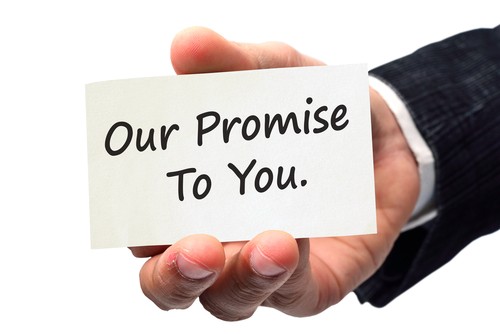
The next thing you should consider when creating your USP, is to think about a promise you can deliver to your target audience. A common example of this is Domino’s pizza.
“Hot Fresh Pizza Delivered to Your Door in 30 Minutes or it’s Free.”
This offers certainty of the service and removes any risk when ordering pizza from Domino’s.
You need a quick, powerful, easy-to-recall PROMISE that sets you apart from every other option the customer may have. Other more famous examples of a promise –
Fedex – “When it absolutely, positively has to be there overnight.”
M&M’s – “Melts in your mouth, not in your hand”
DeBeers – “A diamond is forever.”
You see where I am coming from here?
Having a quick stand out powerful promise, that helps to drive home the feeling we are trying to communicate, which is certainty on the pain points they are experiencing with their problem, helps to sell you as a business. This promise sets us apart from the competition.
We need to give our target audience that feeling of certainty that your product(s) and brand is going to make them feel a certain way. An easy-to-recall promise helps you to communicate your value to the marketplace. A great USP can be a risk removing guarantee just like… “We know a thing or two, because we have seen a thing or two” – Farmers Insurance.
Notice how that USP says nothing about price, but offers an element of certainty. When you are in the market for insurance, you want that certainty! That feeling that you’ll be covered if anything ever happens.
Same thing could be said for TOMS – “One for One”.
A business model that helps a person in need with every product purchased.
Two Things Your USP Needs to Include –
There’s a couple of things your USP needs to include.
- Make your promise unique
- Make sure the promise is delivering value
In order to achieve these two things, you need to be crystal clear on your target audiences pain point &/or need.
Then…
How you can deliver a promise with value on that pain point &/or need.
Make sense?
Find your target customers pain point/need, and build your unique selling proposition around that.
Figure out what your customers care about and include that into the USP. For example, if you are selling a food product in the Vegan marketplace, you might want to include that your products are animal cruelty free, are a great addition to a healthy diet and that 10% of your profits go to an animal sanctuary. These are the things that people in this market care about. From there you can focus on building your USP with your target audience care about.
When you focus on their pain points/needs and can deliver certainty on these paint points with a promise that delivers value, you’ve got yourself the makings of a good USP!
